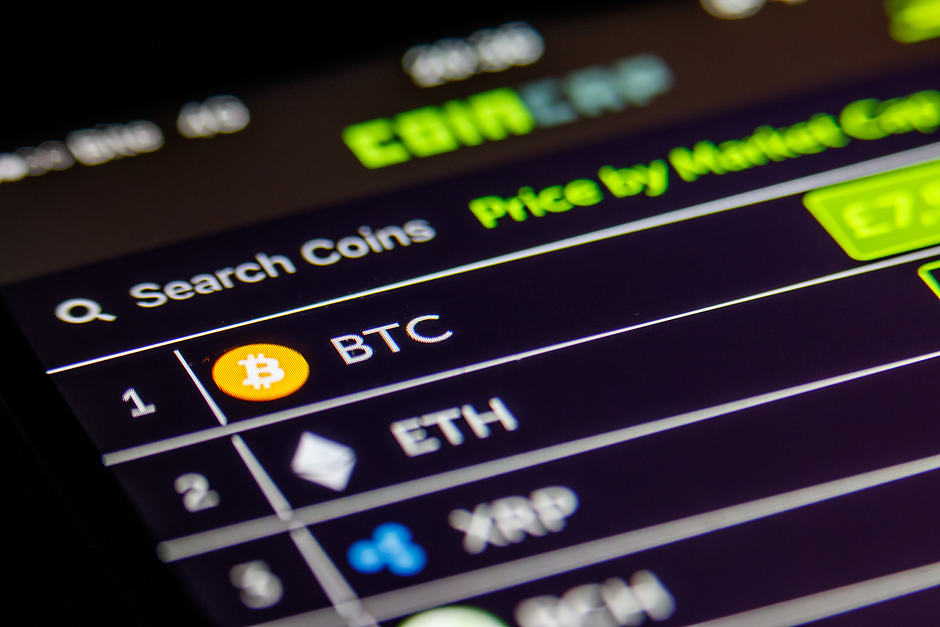A new DeFi protocol is now keeping investors safe from rug pulls

The crypto industry has seen rapid adoption over the past several years, and the speed at which this growth is progressing has only increased recently, as the new bull run took Bitcoin past $28,000 per coin.
These days, everyone is looking into how to buy Bitcoin, but more experienced users are also keeping track of other coins — particularly when it comes to the DeFi sector.
DeFi is, after all, the biggest trend of 2020, with over $13 billion in TVL (Total Value Locked) at the time of writing. This is not surprising, as DeFi offers to bring decentralized banking services to users around the globe, giving them the ability to earn money, take out loans without overly-complicated procedures, and more.
New projects continue to emerge all the time, bringing new possibilities as the DeFi sector matures, such as LID Protocol, which provides locked liquidity.
What is LID Protocol?
LID Protocol is a new organization that provides solutions for all crypto projects that use Ethereum's ERC-20 model for launching their native tokens. As mentioned, the organization aims to provide locked liquidity, with non-custodial pre-sales that can lock token liquidity in a trustless manner.
To do this the project is using Uniswap, and a social staking system that offers rewards to community members. In addition, the project also offers bonus rewards.
The organization is rather new, as it emerged in mid-July 2020, soon after DeFi growth started skyrocketing. Since then, it also launched its own native token, LID; they had three successful pre-sales in 2020, one of which — SwapFolio — hitting an ATH in August; and its LID token was on the Coingecko's Top Ten list for two consecutive weeks.
In addition to that, they also have a staking dApp which went live two days after the launch of LID, and they reached a first major milestone — the development of LID Dao, in partnership with dOrg tech.
What is LID Protocol Trying to Achieve?
LID was created due to a problem of liquidity regarding ERC-20 tokens. Of course, there are plenty of ERC-20 tokens that do not have liquidity issues — they attract a lot of attention and see a lot of traffic right from the start.
But, smaller, less valuable tokens launched on Ethereum's network cannot say the same. Soon after launch, the tokens would have to pay massive fees to crypto exchanges only to get listed, which was simply not possible for most of them.
While this seems like the project's problem at first — it is much bigger than that. Without new projects — however small they might be — it is difficult for blockchain technology to keep growing and developing into new directions. This is a problem for the entire industry, as investors overlook smaller projects that hold massive potential.
After Uniswap emerged as part of the DeFi sector, this problem was seemingly solved thanks to the Uniswap system, which allowed small projects to gain the attention and interest of investors. But, once again, where there is money — there are scammers, and many emerged to misuse this system.
Scammers would dump liquidity into Uniswap, and then pull it out later on, without the buyers knowing. LID Protocol, therefore, doesn't aim to provide a solution for the lack of liquidity — Uniswap already did that. Instead, it is providing a solution for scammers, by making it impossible for scammers to pull the liquidity out. Instead, the liquidity of tokens is locked, and interested investors can safely explore the project and invest in it, without fear of being scammed.
LID Also has a Solution for Staking
LID has a second focus, which is solving the problem of staking. The problem lies in collective action, where agents would sell tokens during a cascading market collapse.
LID Protocol aims to build upon the already existing staking solution, and make it better and foster a better community on their platform. It aims to do this by extending the solution to DAO voting and promotion. In other words, stakers are incentivized to join, and the entire community is able to benefit.
LID smart contract will identify voters who participated in more than 50% of DAO votes once every 30 days, and they get rewards. Further, the project also provides incentives through referrals.
Lastly, there is a 2% transaction tax on LID transactions. However, the tax is exempt when it comes to staking (although not for unstaking).
Conclusion
LID Protocol is a decentralized platform that aims to bring greater security and legality of operations, increase security standards, and solve problems of liquidity by offering locked liquidity; and the problem of staking by offering incentives and rewards.
In doing so, the project will offer rewards for stakers, protection for the community, and secure liquidity for new ERC20-based projects that suffer from the lack of their own liquidity.
Author

Andrey Sergeenkov
Independent Analyst
Andrey is a cryptocurrency investor and trader. He loves to boil in one pot with everything about experiments with modern finance instruments so the cryptocurrency niche is the perfect place for him.



